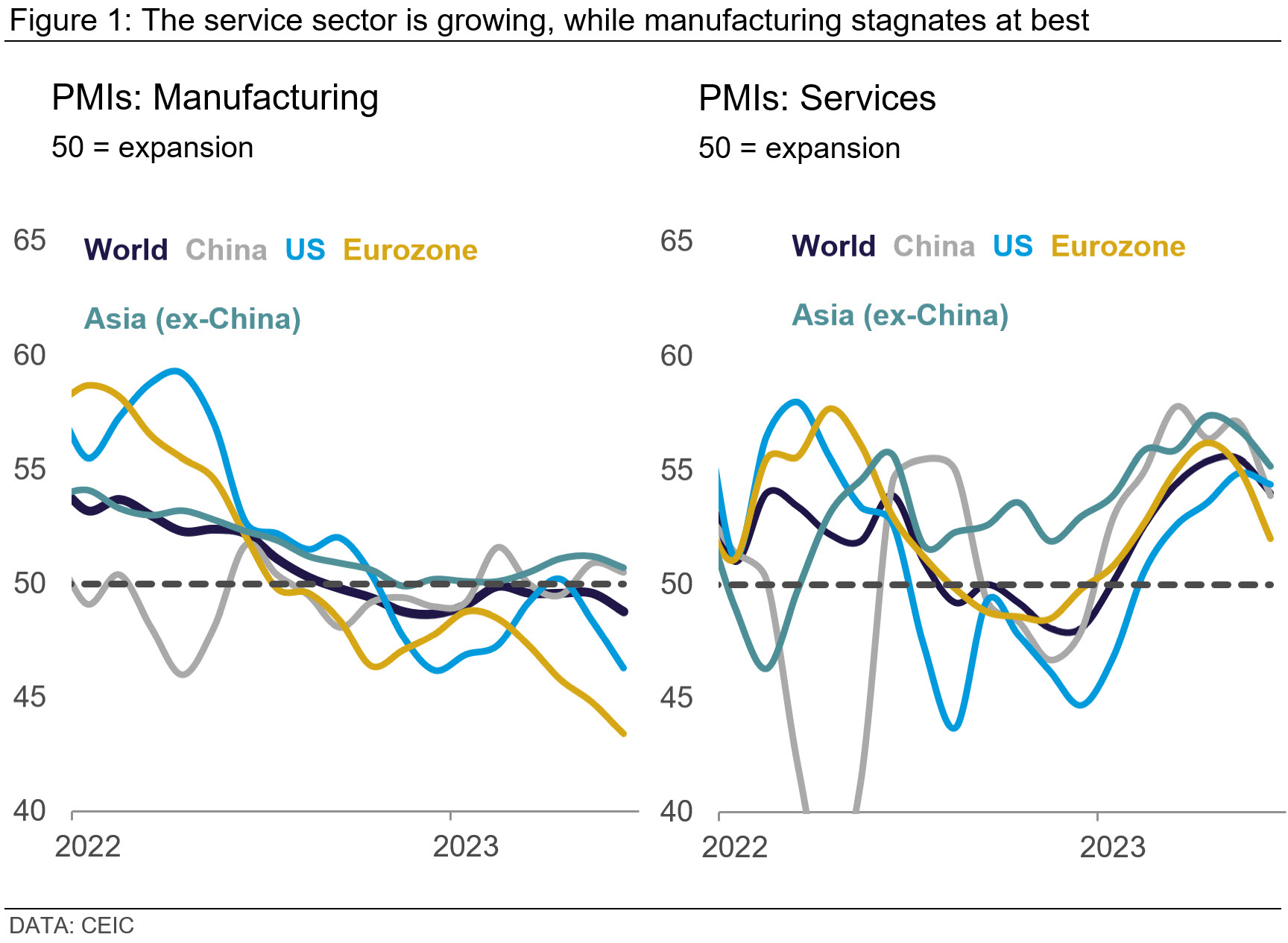Two-speed economy extends to wages – StartupSmart
Most Australian workers are missing out on significant wage rises despite an increasingly tight labour market, according to new data from the Australian Bureau of Statistics.
The data reveals most of the big pay increases since the global financial crisis have been concentrated in industries such as the resources sector, which only account for a fraction of the nation’s labour force.
Fears of an inflationary blowout in wages intensified after the unemployment rate dipped below 5% in December, indicating the nation is close to full employment.
But the ABS analysis of earnings shows that although workers in mining, IT and utilities have won pay rises of up to 15% since 2008, they account for less than 5% of the workforce.
Over the same period, those employed in health and retail – who comprise almost 23% of all workers – have seen average incomes rise by little more than 5%.
CommSec chief economist Craig James says the results confirm that only a small proportion of the economy is booming as a result of soaring global commodity prices.
The average employee in the West Australian oil and gas industry earns nearly triple the nation’s average, highlighting the extent of income inequality in Australia.
But while the economy is having an uneven effect on wages, the nation is getting wealthier, with the ABS figures showing private wealth soared almost 9% higher in the 12 months to the September quarter while debt fell 2.9%.
According to the ABS, the average Australian makes $1,010 a week, up 5.5% from the previous survey in 2008.
Average wages are best in the Australian Capital Territory, where workers make an average of $1,218 a week. Tasmanians are the nation’s lowest paid workers, earning $877 a week.
WA beat its mining counterpart Queensland, with average weekly earnings of $1,107 compared to $969, while workers in NSW earn a weekly average of $1,054, trumping Victoria’s figure of $955.
The data also shows that professionals work shorter hours than many blue-collar workers, which is probably because they are not paid overtime.
Truck drivers and machinery operators are the nation’s hardest workers, clocking more than four hours of overtime to complete a 43.7-hour week.
Meanwhile, people on contracts earn $95 more per week on average than collective agreements, which are negotiated by unions.
Collective agreements are predominantly used by larger organizations, while individual arrangements are favoured by organisations with fewer than 20 employees.

